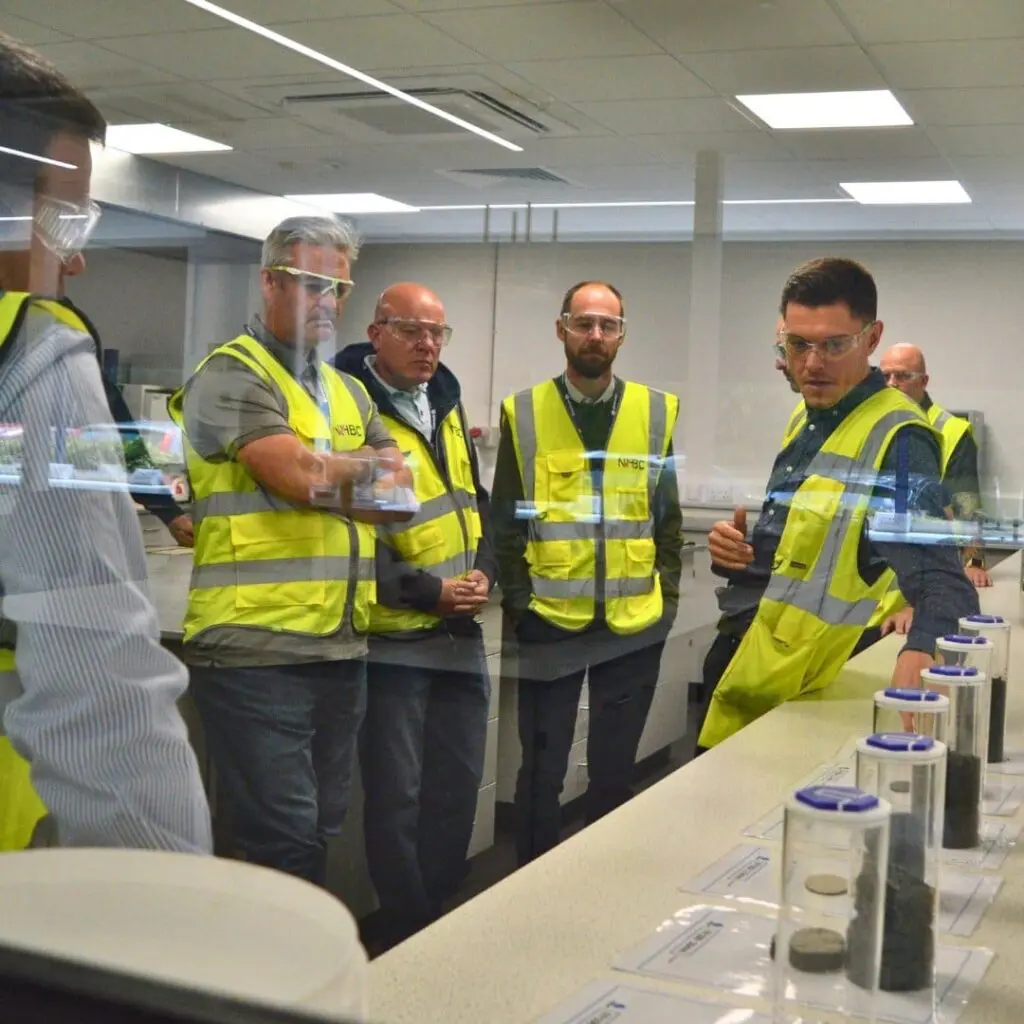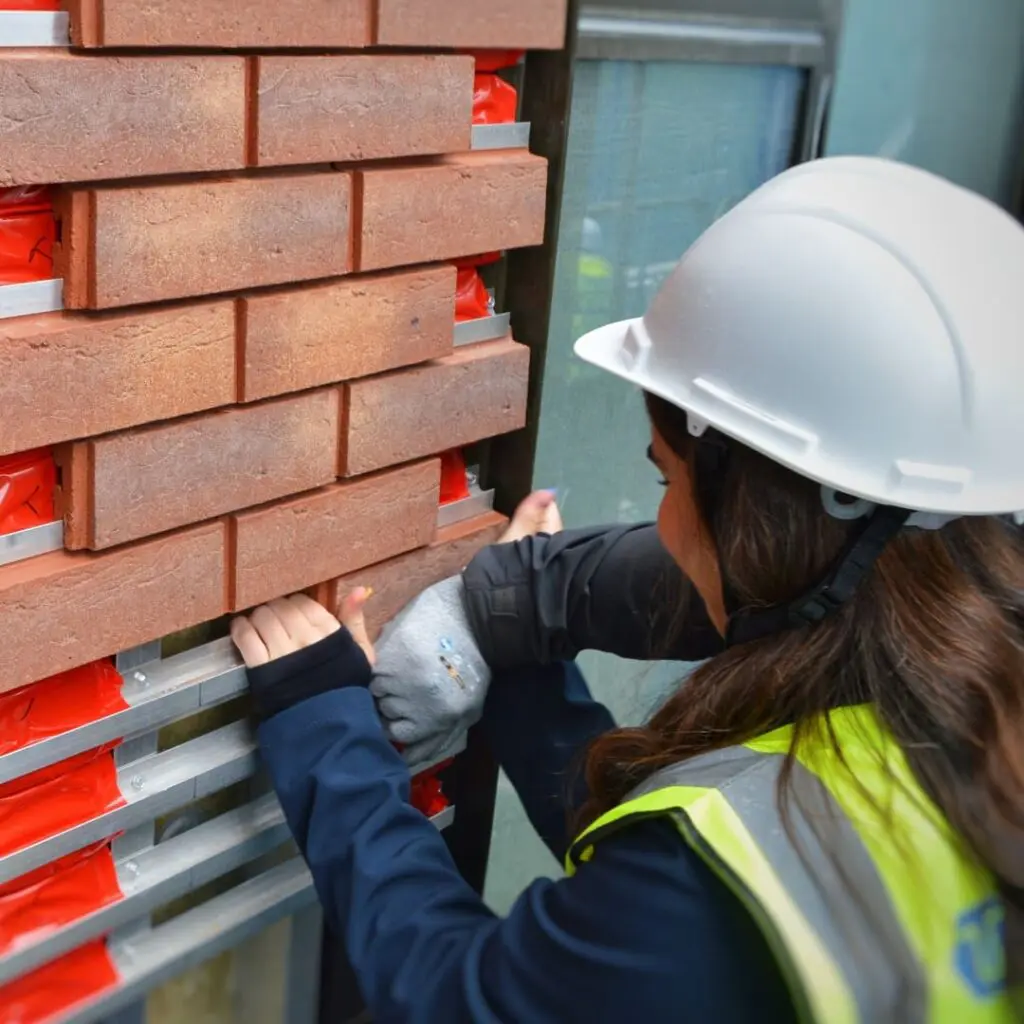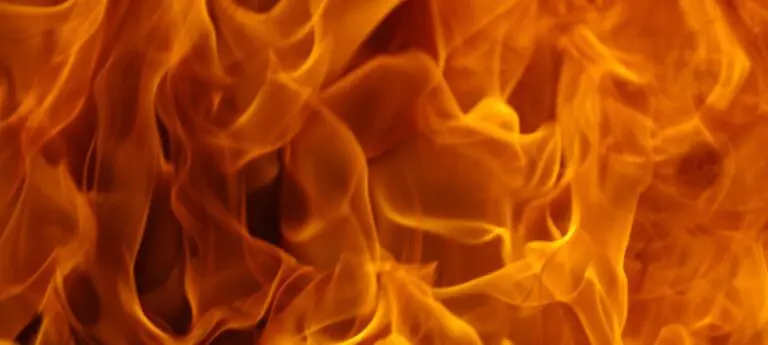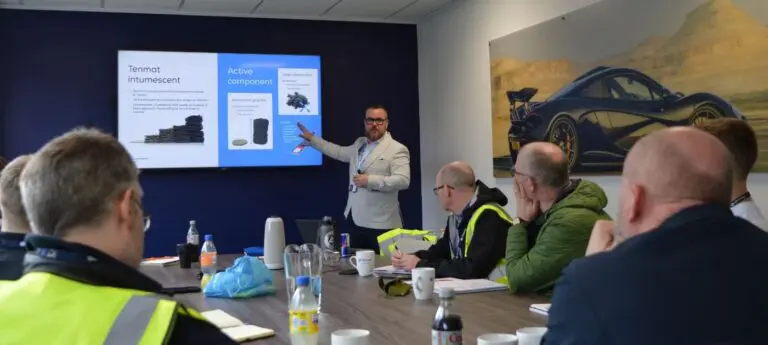Getting to grips with intumescent
When it comes to fire safety, not all materials are created equal – especially intumescents. Playing a crucial role in fire safety, intumescent materials expand when exposed to heat from a fire to seal gaps and cavity spaces and limit the spread of fire.
But with so many options on the market, how do you know which intumescent is right for your project? In this guide, we’ll break down the key performance factors that separate high-quality intumescents from the rest – and explain why choosing the right one can make all the difference in protecting lives and property.

What makes intumescent effective?
Because intumescent materials are built into the structure of a building and do not require human intervention or mechanical activation (such as a fire extinguisher or sprinkler system) they form a key part of passive fire protection. Their effectiveness depends on several critical performance factors:
Expansion rate
This refers to how much the material swells when exposed to heat. The expansion should also be stable in order to securely seal the gap (see char structure).
Activation temperature
The material should begin expanding before critically high temperatures reach the non-fire side of the construction. Most high-performance intumescents activate around 180°C, providing early protection, when it is considered that typical fires at the point of flashover can exceed this temperature in well under one minute.
Durability
Determined by the duration of active use through natural ageing, or accelerated age and weather/environmental condition testing.
Char structure
When intumescent material activates, it expands and leaves behind an insulating ‘char’ layer. A dense, stable char blocks flame and heat effectively, and intumescent that expands unidirectionally, working in one direction to seal the cavity/gap quickly, performs best. Intumescent with ‘3D’ expansion can often be unstable unless additionally supported, resulting in a weaker seal and an increased risk of char collapse.
Emissions
An often-overlooked aspect of intumescent performance, the emissions produced during a fire can be harmful. The safest intumescents produce little flame or smoke when burned and shouldn’t release halogens when activated.
Not all intumescent materials perform to the same standard across these criteria. For this reason, it’s important to note that notions such as “all intumescents are interchangeable” or “certification guarantees performance in all scenarios” are common misconceptions.
- Watch our video to find out more

What is intumescent made of?
The performance of an intumescent material depends heavily on its composition. Different ingredients lead to different expansion behaviours, performance, durability, and safety profiles.
Tenmat intumescent is primarily made up of mineral fibres and intercalated graphite and other inorganic fillers. These natural, inorganic materials make up the bulk of Tenmat intumescent, meaning that it produces only very small quantities of smoke and flame compared with other products. This predominantly inorganic composition also results in a high resistance to environmental exposure and ageing.
Another benefit this brings is the absence of halogens – harmful chemicals. Halogens are produced by intumescents heavily comprised of organic materials such as polymers/rubber. With a low content of organic binders, Tenmat intumescent produces zero halogens, an important consideration for occupant safety and environmental impact.
Choosing the right intumescent materials
Over time, many intumescent materials naturally degrade due to environmental exposure. When this happens, intumescent materials within a building must be removed and replaced to retain fire resistance. That’s why working life is a critical factor when specifying products for your building.
Independent third-party testing confirms that Tenmat’s active intumescent components have a working life of 60 years – far exceeding the typical 10–25 years offered by many alternatives. This extended lifespan reduces maintenance and refurbishment costs and ensures long-term safety for building occupants.
What to look for in certified intumescent products
When selecting cavity barrier intumescents, we highly recommend that you check for the following certifications and performance benchmarks:
Fire Resistance Rating (FRR)
This is typically expressed in minutes (e.g., 30, 60, 90 minutes) and indicates how long the intumescent barrier can maintain integrity and insulation in fire conditions.
Test Standard Compliance
For open-state cavity barriers (which allow ventilation but close during fire), ensure product compliance with:
ASFP TGD 19 (Association for Specialist Fire Protection Technical Guidance Document 19)
A new BS EN standard was published on 30th May 2025 for open state cavity barriers so future testing could also be according to this new standard:
BS EN 1364-6 (European standard for open-state cavity barriers)
For penetrations seals, fire-stopping of electrical and mechanical services such as pipes and cables:
BS EN 1366-3 (Fire resistance test for service installations – Penetration Seals)
Third-Party Certification
Certification from recognised bodies such as those below demonstrate that the intumescent has been independently tested and audited.
- IFC Certification (KIWA)
- Warringtonfire (Certifire)
- BRE Global (LPCB)
- UL UK (UL-EU)
- CCPI Verification
The Code for Construction Product Information (CCPI) ensures that product claims are clear, accurate, and independently verified. Tenmat is proud to be CCPI-verified – demonstrating our commitment to transparency and safety.

Learn more about our intumescent materials
At Tenmat, we design and manufacture our high-performance intumescent materials in-house, ensuring full control over quality and innovation. Our products are trusted across the industry for their reliability, safety, and long-term performance. Explore our full range of cavity barriers, as well as other intumescent products that deliver fire protection across a range of applications such as ventilation, lighting, and electrical.








